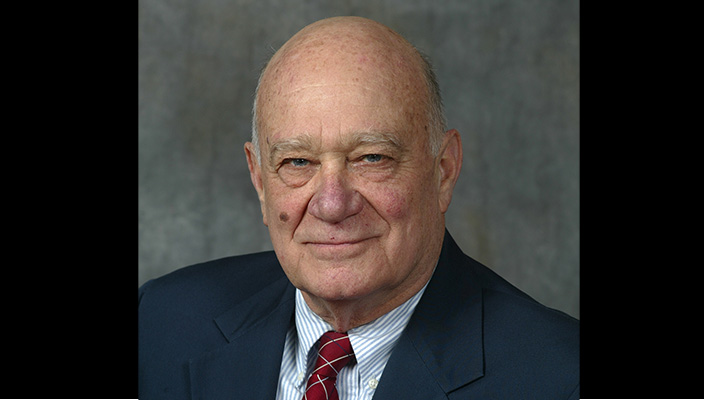HOSPITALS – NEAR and FAR (Part I)
Are most of us now thinking about hospitals more than at any time in our lives? It would be a surprise if we were not deeply affected by the horrors of the pandemic and by the expanding surges that produce hospital overcrowding and swamped intensive care units.
Media reports on the president’s minimizing of virus dangers say: “Trump baselessly claims 99% of Covid-19 cases ‘Harmless.’” One wonders how family members of the 130,000 official virus death count would respond. We vividly recall that Trump said the virus was a “Democrat hoax.” Then he said it would quickly disappear.
Trump’s inept leadership regarding the virus (many say his was the worst failure of all major national leaders) may be a key cause of his defeat on Nov. 3.
However, as we proceed to the presidential inauguration on Jan. 20, 2021, multitudes of Americans will experience hospitals as they never have previously. In addition to the scourge of the pandemic, we have vulnerabilities of an aging population as well as medical needs by folks that are encountered during any year.
I want to say early on how fortunate we are on Long Island and in New York to have among the best hospitals in the world. Yet we must remember that only recently overcrowding demands were so severe that hospital ships were sent to New York Harbor and to other areas, and temporary prefab, tent-like structures were erected on fields for overflow patients.
A few weeks ago I was taken to the NYU Winthrop Emergency Room. It was the beginning of another of my many hospitalizations (several at Winthrop).
Those first-hand experiences, waiting to get a space in a shared room while I was in an emergency cubicle, as well as the procedures that followed, prompted me to think more deeply about three hospital perspectives.
Not surprisingly, the first relates to my own extensive experiences [fear not, no recounting of them; it would take a small volume to do so]. As a hint, however, I can tell you that writers working on a film about “end of life experiences” had extensive interviews with me. I was prepared to discuss several “near-death” hospital experiences, including receiving the last rites of the Catholic Church, but they were particularly seeking visualizations when life was about to end (which I did not have].
With enormous appreciation for Winthrop’s caring and professional medical personnel, I expanded my thoughts to what can be regarded as two “virtual” hospital considerations that appear in two memorable books. In all of these explorations, I reconsidered the interactions of patients, doctors and medical staffs, and, especially how the folks hospitalized dealt with their experiences.
As soon as I left Winthrop, I had to do some very fast thinking about hospitals in Israel because my adult book club had a long-scheduled Zoom discussion, two days after I was released.
It was particularly traumatic to need to complete reading the book (with so much medical imagery) so quickly after my own encounters. Our book was one I had never heard of: “Waking Lions” by Ayelet Gundar-Goshen. All of our club readers discovered the meaning of the title as we proceeded in the volume, and, of course, it provided a provocative theme for discussion.
This is not a spoiler alert; you can be fully engaged in this dramatic adventure even with the brief data that follows. The book has many dimensions, focusing on Black migrant refugees entering Israel and their interactions with white Israelis. Explorations of relationships among several folks (white and Black) give psychological thriller dimensions to the book.
Especially compelling for me, however, was the major setting of the book in an abandoned garage that had been made into an improvised hospital. I faltered occasionally about continuing with the book after my own challenges (they included 65 minutes in an MRI tube, 24 hours with my head wired and wrapped for an EEG test).
Reading about that improvised garage hospital was like a traumatic jolt, even though the Black refugees who received treatment there got keen professional attention from a top Israeli white doctor (often with improvised supplies and medical technology, and in a context of stirring relationships).
How that Israeli hospital and the interracial medical developments arose I will need to leave to your reading of “Waking Lions.” Not only does this book examine major refugee issues of our times, but it also puts a spotlight on race relations as well as on the kind of medical care folks are likely to receive, depending on where their treatment takes place.
In my next column, I will compare the excellence of Winthrop with the challenges of that improvised Israeli hospital.
And then I will also discuss another “virtual” hospital/medical focus, by the late Long Islander Mario Puzo in his favorite book, “The Fortunate Pilgrim” (based on his family in New York Hell’s Kitchen), highlighting his mother, Lucia Santa, whose quasi-fictional depictions about doctors, hospitals and patients have much insight for our own times and for my other two themes.



